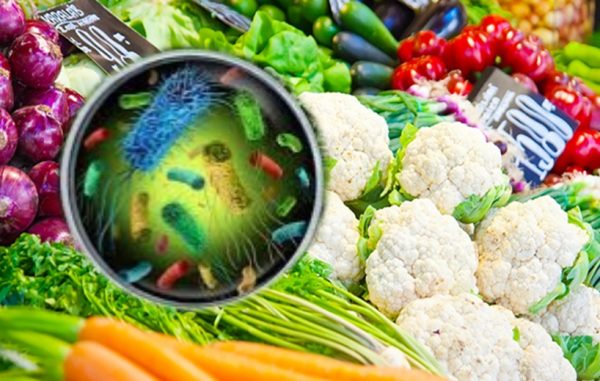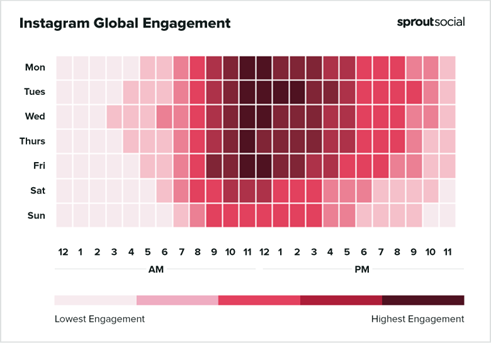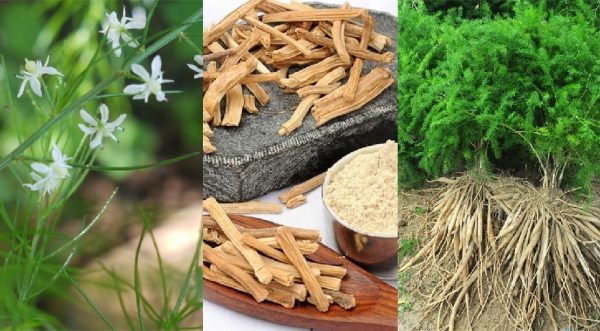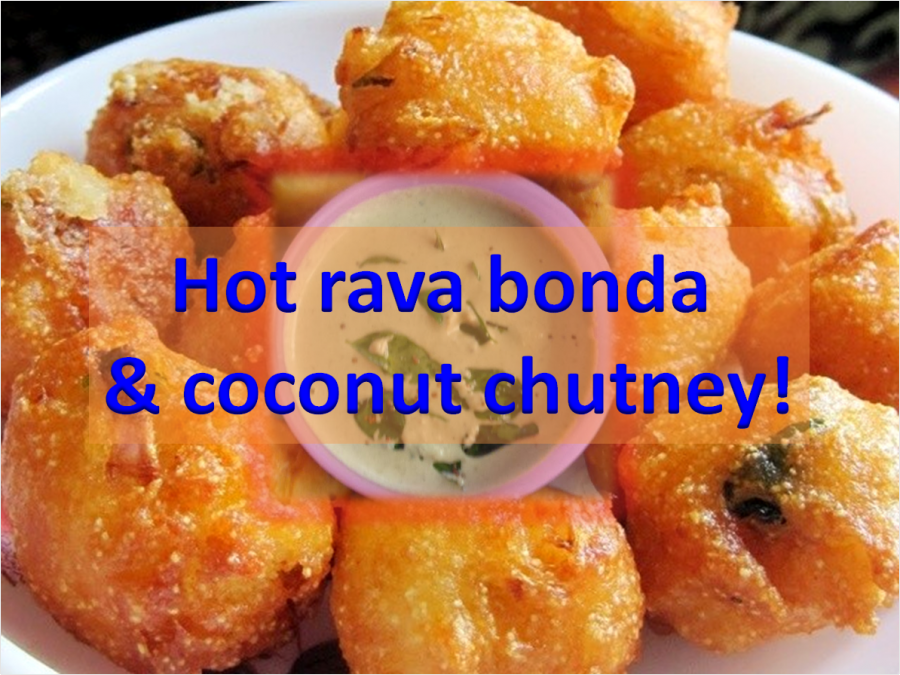
NUTRI GARDEN at All India Institute of Ayurveda
To improve the overall nutrition quality of the country India is taking remarkable steps. Recently, Nutri garden was inaugurated at All India Institute of Ayurveda by Union Minister Smriti Zubin. Nutri Garden initiated under the direction of Ayush Ministry. Ayurveda is in limelight not just in India but across the world due to its multiple health benefits and its practices for achieving better health. Adding Nutri Garden is another step to combat anemia and malnutrition that is still prevalent in the country. In addition, Ayurveda focuses on well being of body and mind. Plants are the major sources of Ayurveda medicine and introducing scientific studies and accumulating data will further help the future generation- Healthy Life
Initiating series of programs under month long Poshan Maah 2021, the Union Minister for Women and Child Development Smriti Zubin Irani said that the need of hour is to provide the knowledge about how the ancient wisdom of Ayurveda intervention can be effectively utilized to address the nutrition requirement of the nation. WCD Minister inaugurated NUTRI GARDEN to mark the beginning of Poshan Maah – 2021 today at All India Institute of Ayurveda (AIIA). Dr. Munjpara Mahendrabhai, Minister of State for Ayush and WCD was also present on this occasion. Plantation of Shigru (Sahijan) and Amla, saplings were also carried out by the both Ministers. All India Institute of Ayurveda, New Delhi (AIIA) under the direction of the Ministry of Ayush initiated the celebration of Poshan Maah – 2021.
In her address the WCD Minister lauded the efforts undertaken by the Ministry of Ayush in reducing the incidence of anemia through a collaborative venture with ICMR. She stressed on the need to come out with publications of scientific data so that the world can acknowledge the contribution of Ayurveda. Nutrition has two main components, i.e. affordable and readily available for holistic wellbeing. This is where Ayurveda can prove to be very beneficial. She also considered popularization of Ayush calendar for healthy progeny and simple classical recipes through Ministry of WCD.
Dr. Munjpara Mahendrabhai highlighted the nutritional and medicinal importance of few Ayurvedic herbs like Shigru, Shatavari, Ashwagandha, Amala, Tulasi, Haldi and importance of promoting evidence-based Ayurveda nutrition practices for holistic wellbeing of mother and child. He also underlined the importance of nutrition in the life of a mother for bearing healthy progeny and how Ayurveda interventions can help.
Shri Indevar Pandey, Secretary, Ministry of WCD and Vaidya Rajesh Kotecha, Secretary, Ministry of Ayush also grace the occasion. During this month-long celebration, various activities like patient awareness lectures, quiz competition, essay competition, guest lectures and workshops on the theme are being organized by AIIA.
In her address the WCD Minister lauded the efforts undertaken by the Ministry of Ayush in reducing the incidence of anemia through a collaborative venture with ICMR. She stressed on the need to come out with publications of scientific data so that the world can acknowledge the contribution of Ayurveda. Nutrition has two main components, i.e. affordable and readily available for holistic wellbeing. This is where Ayurveda can prove to be very beneficial. She also considered popularization of Ayush calendar for healthy progeny and simple classical recipes through Ministry of WCD.
Dr. Munjpara Mahendrabhai highlighted the nutritional and medicinal importance of few Ayurvedic herbs like Shigru, Shatavari, Ashwagandha, Amala, Tulasi, Haldi and importance of promoting evidence-based Ayurveda nutrition practices for holistic wellbeing of mother and child. He also underlined the importance of nutrition in the life of a mother for bearing healthy progeny and how Ayurveda interventions can help.
Shri Indevar Pandey, Secretary, Ministry of WCD and Vaidya Rajesh Kotecha, Secretary, Ministry of Ayush also grace the occasion. During this month-long celebration, various activities like patient awareness lectures, quiz competition, essay competition, guest lectures and workshops on the theme are being organized by AIIA.
Press release: https://pib.gov.in/PressReleasePage.aspx?PRID=1751071
Author: HealthyLife | Posted on: September 8, 2021
« Food Scientists Create National Atlas for Deadly Listeria A Blood Test that can indicate a Heart Attack within 5 Years »









